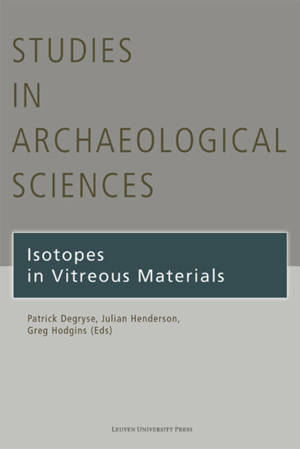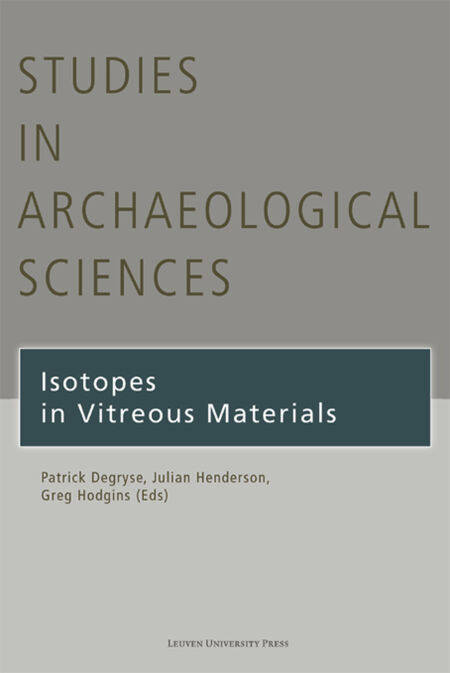
- Afhalen na 1 uur in een winkel met voorraad
- Gratis thuislevering in België vanaf € 30
- Ruim aanbod met 7 miljoen producten
- Afhalen na 1 uur in een winkel met voorraad
- Gratis thuislevering in België vanaf € 30
- Ruim aanbod met 7 miljoen producten
Zoeken
Omschrijving
For all archaeological artefactual evidence, the study of the provenance, production technology and trade of raw materials must be based on archaeometry. Whereas the study of the provenance and trade of stone and ceramics is already well advanced, this is not necessarily the case for ancient glass. The nature of the raw materials used and the geographical location of their transformation into artefacts often remain unclear. Currently, these questions are addressed by the use of radiogenic isotope analysis. With the specific information the technique provides, archaeologists can further their understanding of the of ancient glass production, based not only on typo-morphological features but also on exact scientific methods. The book captures the state of the art in this rapidly advancing field. It includes methodological papers on isotope analysis, innovative applications of several isotope systems to current questions in glass and glaze research, and advances in the knowledge of the economy of vitreous materials.
Specificaties
Betrokkenen
- Uitgeverij:
Inhoud
- Aantal bladzijden:
- 166
- Taal:
- Engels
- Reeks:
Eigenschappen
- Productcode (EAN):
- 9789461660510
- Verschijningsdatum:
- 5/04/2017
- Uitvoering:
- E-book
- Beveiligd met:
- Digital watermarking
- Formaat:

Alleen bij Standaard Boekhandel
Beoordelingen
We publiceren alleen reviews die voldoen aan de voorwaarden voor reviews. Bekijk onze voorwaarden voor reviews.







